Product lighting, lighting design and illumination plays a significant role in how well a product is received by the market. Proper Light Guide Design is essential for the optimal user experience.
Lighting and design should be brought into the design process early on. Many times, industrial designers & engineers will put off the backlight design until further on in a project’s timeline. Without considering where LEDs, light guides and the circuits fall into the overall look, you can literally design yourself into a dark corner. (Pun intended) Investing early on in lighting concepts can make the process easier and plays a large contribution to successful product design.
At Butler Technologies Inc. we can work with you to develop the lighting on your next product. We can help conceptualize, design, develop and manufacture both the overlay and the lighted circuit. When both are considered early on, the look and feel of the interface can be optimized and uniform. Here are some things to consider.
LEDS
LEDs are an important part of Lighting Design. Light Emitting Diodes (LEDs) come in various package sizes and attachment methods. Top Firing, Side Firing and Reverse mounted to name a few. Side firing packages are preferred for backlighting displays with ultrathin light panels that are close to the surface they are illuminating. The side firing LED is designed to direct the light from the side of the LED package and parallel to the mounting plane. A properly sized lens directs most of light into the panel.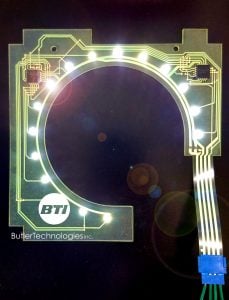
Top firing LEDs are common and are used to direct light vertically from the circuit. These are used when direct light is needed and there is distance between the circuit and the surface needing to be illuminated.
When trying to mount the circuit flush against an interface, such as when using a capacitive touch interface, you need to get the circuit as close to the front face as possible with no air gaps. In this case, reverse mounted LEDs can be used. These are mounted to the back side of the circuit and the light shines through a hole cut within the circuit illuminating the icons on the front surface. A great source for LEDs for Lighting Design is Digikey.
Field of View
The lens also shapes the light output of the LED. The specific light direction and pattern varies with each specific brand of LED. The field of view or viewing angle is a cone of light that radiates from the diode. The field of view affects the placement and orientation of the LEDs on the circuit. The distance from light to object lighted is called the Leader. Allowing enough of a leader between the LED and the icon will help to properly illuminate the icon without hot spots and dark spots. A typical design error that is frequently noticed is not allowing enough space between the LED and the object to be lit. Another mistake is not allowing enough space for the proper number of LEDs – Both mechanically and Electrically. This is another reason why is it best if lighting is considered very early on in the design process.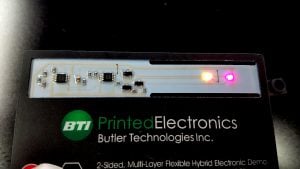
Color
Another factor that plays a role in the lighting design are the LED colors. They are typically given descriptions such as blue, amber, green and white. Each color has specific wavelengths that can vary from manufacturer. This is particularly important with white LEDs. The color “white” can vary greatly from warm yellow to cold blue. This is sometimes referred to as the LED’s “temperature”. Even within a temperature range like “cold” there are noticeable variations.
It is recommended that when designing multi-LED backlights use the same color range to provide a consistent backlight appearance. However, for ease of assembly and consistency in the number of parts used in the assembly, white lights can be selected and a printed filter can be applied at the user interface level. Butler Technologies, Inc. can print precision filters to achieve the color needed for the application.
Light Output
Assorted colors produce a different amount of light per watt of power applied. Luminous intensity is measured in candelas and quantifies the brightness of an LED at a specified viewing angle. Generally cool white and green LEDs produce the most lumens or candelas per watt. These are the most common colors used in backlight applications.
Light Guide Film for Lighting Design
Butler Technologies is also capable of producing light guide film. This will aid in lighting design by illuminating various features in the user interface. Light Guide film is typically .005”- 010” material such as Polycarbonate or Acrylic. The LEDs will direct light into the film where it can be guided to the feature needing to be illuminated. The film is manufactured to have light reflecting features designed to direct and distribute light upwards out of the film. There are two ways of accomplishing the light distribution features. One method is a series of printed dots. Another is laser etching of dots or textures.
The way this works is that the light travels horizontally across the LGF. It will bounce within the smooth material until it hits a feature that will refract the light outward. (Snell’s Law of Refraction) In this case, the printed or etched “dots” will direct the light upwards. The diffusion dots are strategically positioned to direct light to the backlit graphics. Dot patterns can be varied to help even out light behind graphics.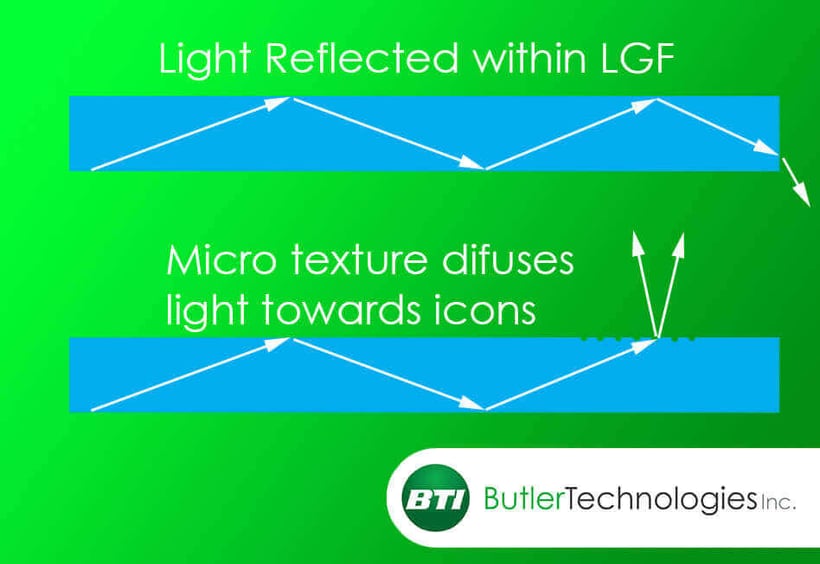
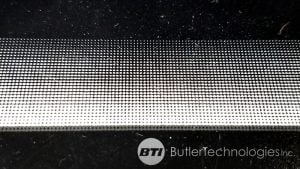
For example, a lighter series of dots are positioned closer to the LEDs while denser or more aggressive dots are positioned further away from the LED to capture more of the light. This will allow the icon to illuminate more uniformly.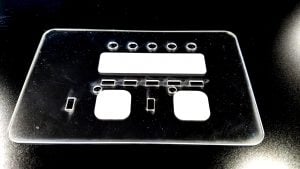
Light blocking layers/materials can be used to prevent unwanted light leakage at the part or display window edges. Slots cut with the laser can also act to block light from reaching unwanted icons.
LED Diffusion Types
Clear LED windows (no ink): allows for the brightest LED light but the unlit LED package can be seen through the material. The downside is that there are “hotspots” and the LED package some sometimes be visible from outside the interface.
LED window with printed UV textures are another option for light diffusion. This provides slight LED diffusion and hides the LED package a little more than clear.
LED windows can also be printed with translucent white diffuser plus the addition of the UV texture. This provides even more diffusion and does a good job at hiding the LED.
Deadfront LED windows are very common in various industries. Specifically, in the automotive industry. This is the process in creating icons that appear black or “Dead” on a black instrument. When the LED is activated, the icon appears. This is accomplished by printing translucent “smoke” ink behind the icons. This provides some light diffusion while hiding the LED package.
Get in touch with us at info@butlertechnologies.com to start a conversation about your next lighting project. We would be happy to help you generate the perfect lighting design. Here is more information on Graphic Overlays or Printed Electronics